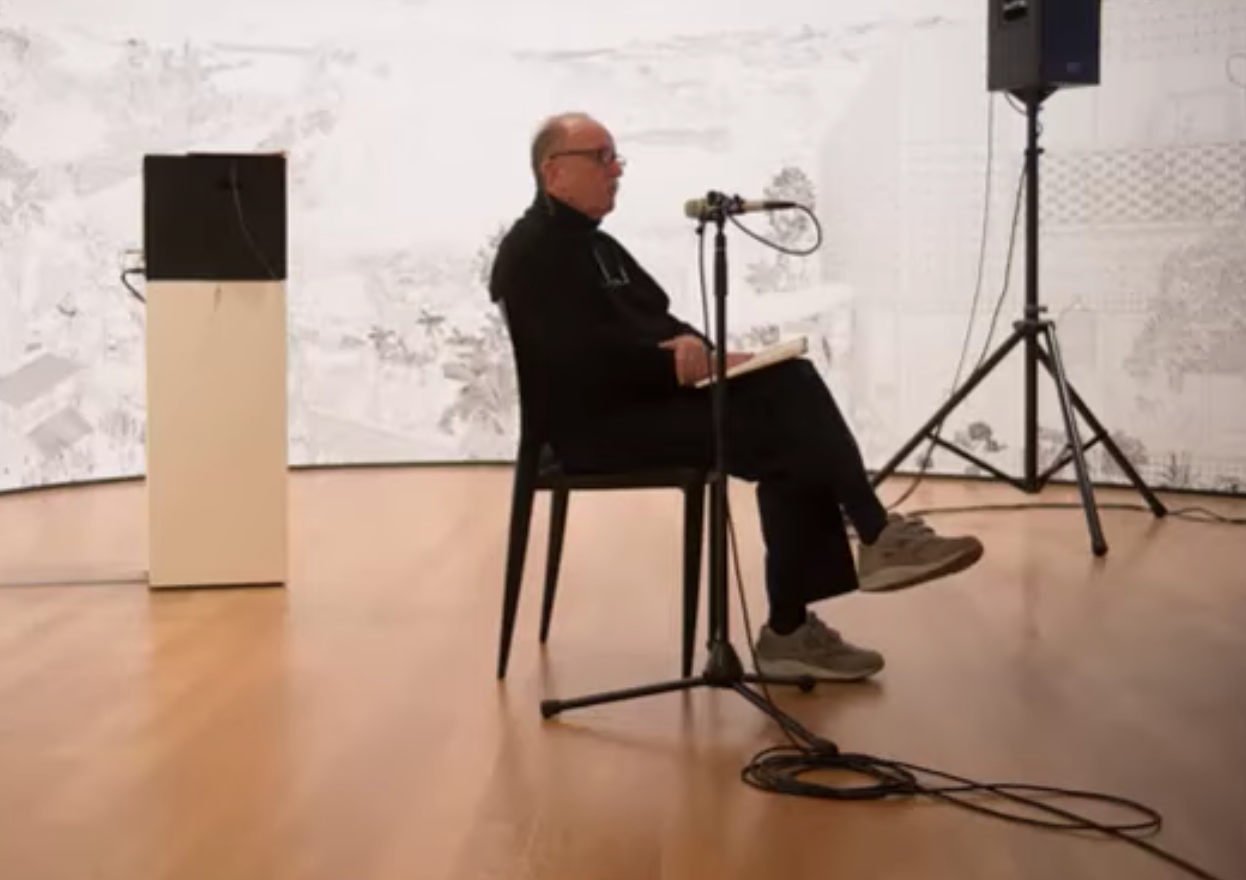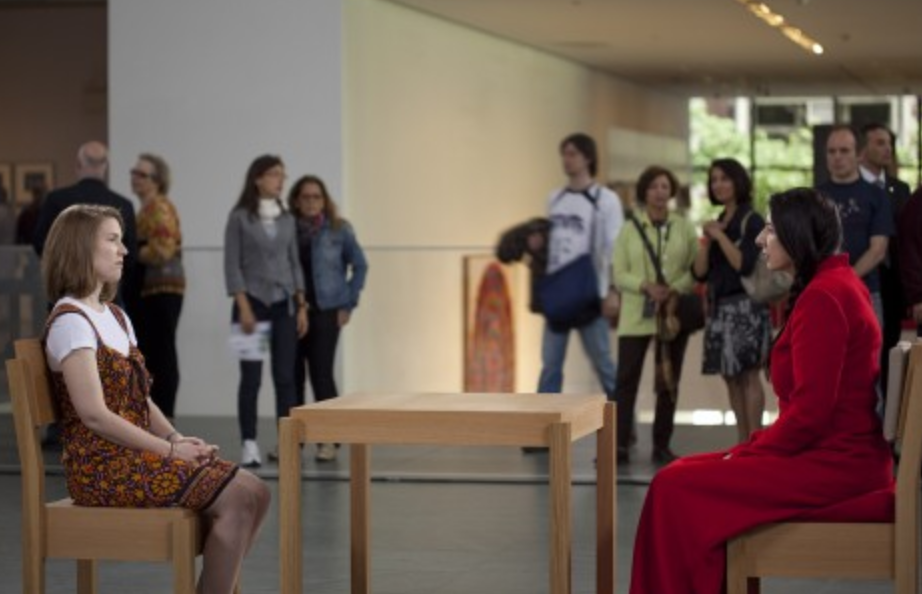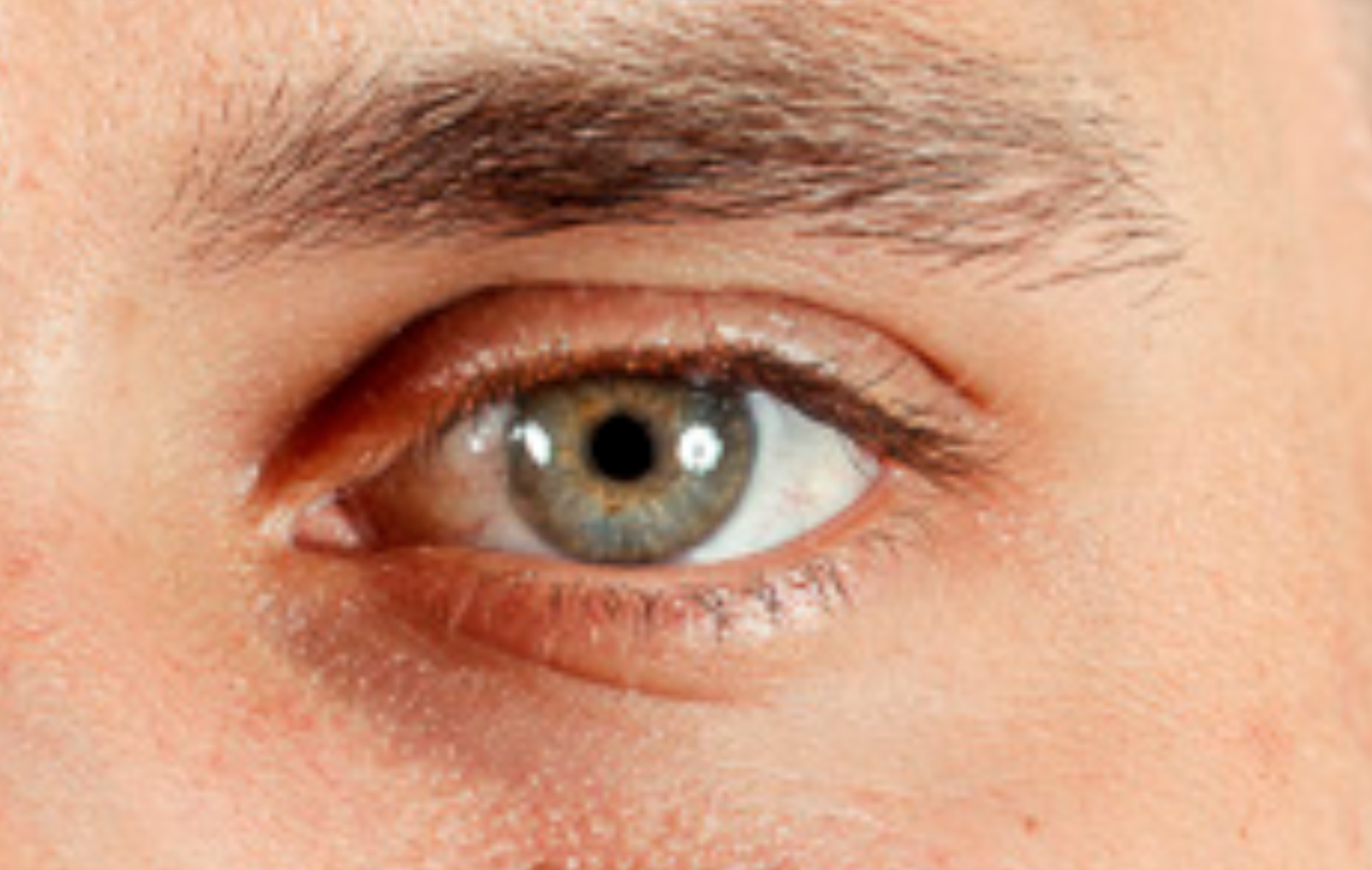Assignments for chapter 1: presence¶
Reading Assignment: Disembodied Telepresence¶
- Dreyfus, H.L. (2001): "Disembodied Telepresence and the Remoteness of the Real." In: ibid., On the Internet. Thinking in Action-series (pp.50-72). New York, NY:Routledge.
Info
This work is obtainable via the RuG-library, but only in physical form (which, given the title of the chapter, is revealing). Try to get a copy but I won't hold it against you if you didn't succeed.
I've provided a scan of my own copy (pdf, 7.2MB). This contains a few marginalia, but you're free to ignore that.
Questions
-
Give a summary of Dreyfus' argument that “a constant readiness for risky surprises” (p.55) and the “feeling of joy and security of being cared for” (p.70) argue against the radical seperation of body and mind that Descartes envisioned.
-
Dreyfus states that “The co-presence of audience and performer provides the audience with the possibility of direct interaction with the performer [...].” (p.61).
- How does this relate to Dreyfus' earlier observations about “the possibility of controlling my body's movement so as to get a better grip on the world” (p.60)?
- How does this differ from films?
- Can you relate this observation to more passive forms of art, such as painting or sculpture?
I am sitting in a room¶

Study the description of this piece by Alvin Luciers that you can find at the MoMa-learn site. There are several performances of this work easily findable on the internet (youtube), but this is the version that MoMa uses. As you can observe, this is a radical technological driven piece in which the performer only starts the sequence.
Questions
-
If you think about musical performances, how much weight is put into the actual performer? Can you think of a difference in this regards between popular and more classical music performances?
-
Have a look at the more contemporary variations on this theme. Can you come up with other ideas on this theme?
The artist is present¶

Have a look at this TED Talk by Marina Abramović (15 minutes). In it, she talks about the uniqueness of performance art and the necessitity of the public being present (no performance art can do without public). She also states that music is the best art form as it has not physical manifestation at all. Though one could make an argument that this is not completely true, why, do you think, is that aspect important for art works? We will talk about music at lenght during this whole course and at session number 6.
Also study this discription of a performance art by Abramović at the MoMa. We will talk about this work at length during this week's session.
Questions
-
Abramović' work has everything to do with 'love and trust'. You can easily see how this works in the case of the bow and arrow, or in the case with the knives and thorns. Can you explain why the same 'love and trust' in involved in her performance The Artist is Present?
-
The Artist is Present was performed in 2010. In the talk, Abramović states that if the work was done ten to fifteen years ago (so in 1995), it would not have been possible. Why do you think she thinks this is the case? Do you agree with her statement?
Photobot¶

The last example of artworks that play with presence is RoboPhot. This contraption, made by Daniel Boschung uses a high-resulution camera mounted on a robot-arm to make very detailed photographs of all kinds of things (from humans to insects to art works). In this manner, details become apparent that are otherwise hidden from sight.
Questions
-
Boschung states (in personal communication) that his photographs show 'how reality really is'.What do you think of this statement? Is reality the real world that is hidden from plain sight? How does this relate to the story of the scientific worldview, with which we started this session?
-
Can you relate this work to Dreyfus' analysis of Descartes' conclusion that 'we are never present to the world or even our own bodies'?